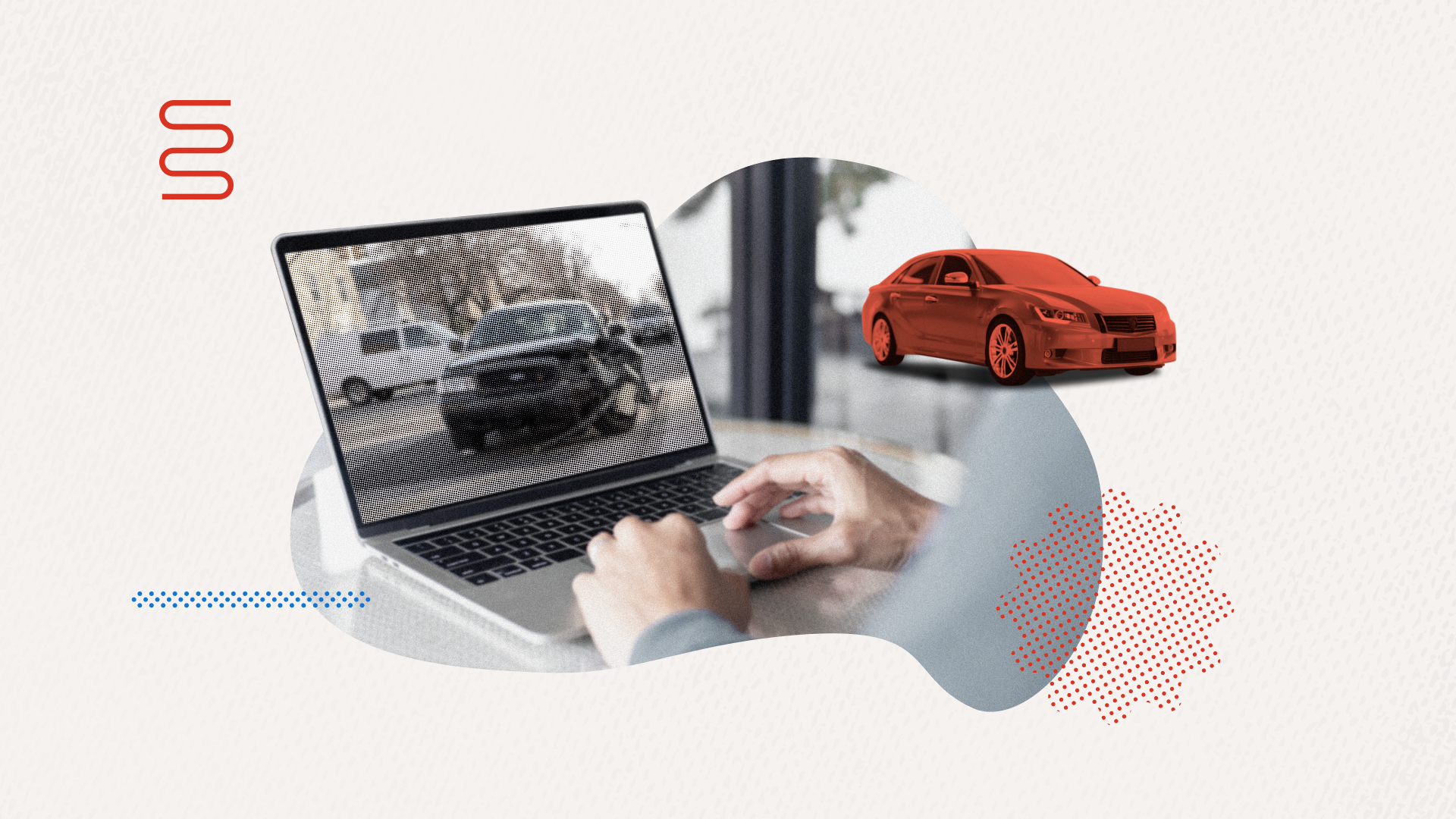
As one of the luxury car brands hit hard by the emergence of Tesla as an emerging volume car brand, BMW is cranking up the volume on EVs, automotive leadership, and going digital. That means releasing new gas-free cars, announcing goals of doubling electric car sales this year, and declaring that the time of Tesla’s unique selling proposition is over. And it means significant changes are coming to the 100-year-old car brand.
Think online sales, or buying a car in an app.
Even when you have thousands of dealerships in the real, physical, actual world.
“A third of all buyers can very clearly imagine to buy a car online,” BMW VP Jens Theimer told me recently on the TechFirst podcast. “And we have to prepare ourselves together with our retail partners to make that possible.”
The goal: sell 25% of all BMWs online by 2025.
To do that BMW has tapped Adobe for data management, personalized digital experiences, and a unified customer experience across digital, dealership, and everywhere else a BMW owner experiences the brand, including in the car, for months and years after purchase. Think “phygital,” that awkward word for a combination of physical and digital.
This new unified experience could even extend to the metaverse, Theimer says, with virtual test drives. But it also incorporates existing real-world dealerships as a valued asset, not as faded relics of a pre-digital era or an anchor slowing down the boat of change.
“For many, many people out there our retail partners are the main interface to our brand,” Theimer says. “And of course I think it would be stupid to give that up, because it is, even if there’s a huge trend to direct sales...we see also brands in the automotive sector who are totally based on a digital purchase journey, on a direct sales model, they are now more and more investing into physical locations as well, because they...still need — for a perfect customer journey — those touch points.”
(As a Tesla owner, I can verify that need still exists. And that having to drive fairly far for service is not an ideal customer experience.)
One big change: fixed prices.
That’s new for most car brands, of course. But in an increasingly digital sales world, it’s tough to incorporate negotiation. Besides, having to negotiate before you can get a good price is not exactly great for brand image.
Another: configuring cars to personal needs.
While most brands do take orders, the industry is still largely built on pre-made choices that consumers simply accept or reject, rather than configured models with everything you want and nothing you don’t need.
That’s one of the places BMW is working with partners like Adobe with its Experience Cloud, a suite of applications for commerce, customer data, and personalization across channels and media. And actual physical locations.
“Customer experiences and seamless journeys — built on insights, data and compelling content — are what make the digital economy personal,” says Anil Chakravarthy, president of Digital Experience Business at Adobe. “As the web evolves, there will be greater demand than ever for data-driven, immersive experiences that include e-commerce, multi-user functionality and the ability to own and export customized versions of your identity and possessions across virtual worlds.”
And that means the car-buying journey doesn’t end when the customer takes delivery. In a new world — brave new world? — there could be un-enabled functionality in your car that you only unlock as needed or desired ... for an extra price. Tesla does that with Acceleration Boost, for example, which you can buy to make your already-fast long-range Model 3 or Y Tesla even faster, though not as fast as a performance model.
BMW’s looking at that too.
“We have the possibility to offer digital services and functions on demand during the usage phase,” says Theimer. “If the customer is in a situation where, for example, a technical feature like a specific active cruise control in an advanced version would be great for the person to have...we offer that to you, we explain what’s the advantage. We say, ‘Okay, there’s a free trial period. Try it out. When you like, you can order that.’ So that’s done actually in less than a minute and you’re ready to go.”
That keeps the car fresh, Theimer says.
It also keeps the dollars flowing, of course, and is possibly a step on the path to never actually owning a car but just paying a transportation subscription fee and getting access to a particular car, or any vehicle you might need. And there are both pluses and minuses to that vision.
However digital cars become, and however digital the car-buying experience becomes, Theimer says the human touch should never disappear.
But where it appears should be based on digital data.
“People want to get in touch from time to time with real faces...for me, that’s very, very clear,” he told me. “I think it’s nearly a concierge kind of thing. It’s your personal partner on your side who is on service at every point 24/7 when you have a wish or when you have a demand in the context of your mobility system.”
This article was written by John Koetsier from Forbes and was legally licensed through the Industry Dive Content Marketplace. Please direct all licensing questions to legal@industrydive.com.


